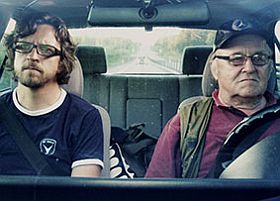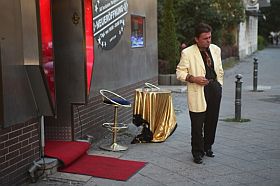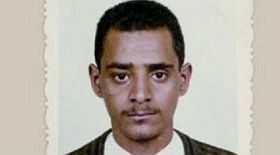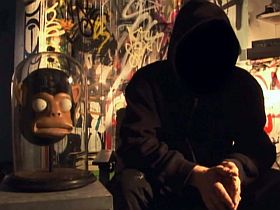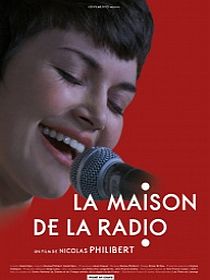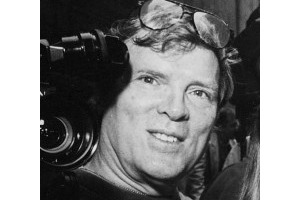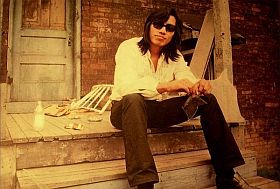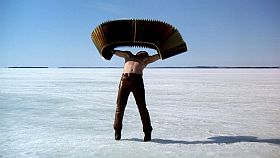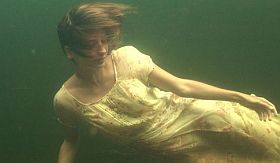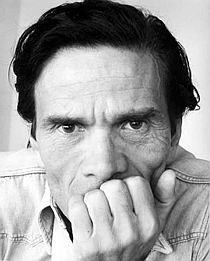The New York Times runs a series of short documentaries that are quite interesting. OP stands for Opinion and here is how the newspaper (you can get a monthly online subscription for 1$) presents its strand:
”Op-Docs is The New York Times editorial department’s forum for short, opinionated documentaries, produced with wide creative latitude and a range of artistic styles, covering current affairs, contemporary life and historical subjects.
Op-Docs videos are produced by both renowned and emerging filmmakers who express their views in the first person, through their subjects or more subtly through an artistic approach to a topic. Each is accompanied by a director’s statement.
In December 2012, we started a new Op-Docs feature: Scenes. This is a platform for very short work — snippets of street life, brief observations and interviews, clips from experimental and artistic nonfiction videos — that follow less traditional documentary narrative conventions.”
Highly recommended to be seen is the 9 minute long, very tense, touching, cinematic piece by Laura Poitras,
called ”Death of a Prisoner” (photo). It starts with Obama and his promises about closing the Guantanamo camp, continues by, four years later, following a coffin on a truck driving in mountain landscapes, you know that inside is the corpse of a man, whose identity is revealed in the next sequence, where an American lawyer years before talks to the brother of the Adnan Lafti, who by that time had started a hunger strike. He is now, in December 2012, Poitras was there, being brought home to his family in Yeman, including his son, a boy. In-between texts convey information about his imprisonment and the non-evidence against him. The film ends with the text that 166 are still at the prison in Guantanamo, most of them without any charges against them.
Op-doc also has a fine, small observational short from Times Square N.Y., ”The Public Square”, where a man talks about the dangereous and evil muslims, being met with youngsters who sing ”All You Need is Love”. As well as another observation of a piano in a street, just standing where people pass by trying to play a bit.
Errol Morris is also to be found on Op-doc, one film is about a man, who competes in food consuming contests, the other one is the enigmatic ”Umbrella Man”, who was present in Dallas on the sunny day where JFK was shot. With his umbrella unfolded.
Keep an eye on this fine newspaper quality initiative. For free it is. And short docs is a genre coming back with the help of the internet. Laura Poitras film gets 6 pens for a very strong and well told tragic story with a point of view – in 9 mins. Must be an inspiration for many filmmakers: Yes, you can say a lot in few minutes.
http://www.nytimes.com/ref/opinion/about-op-docs.html



